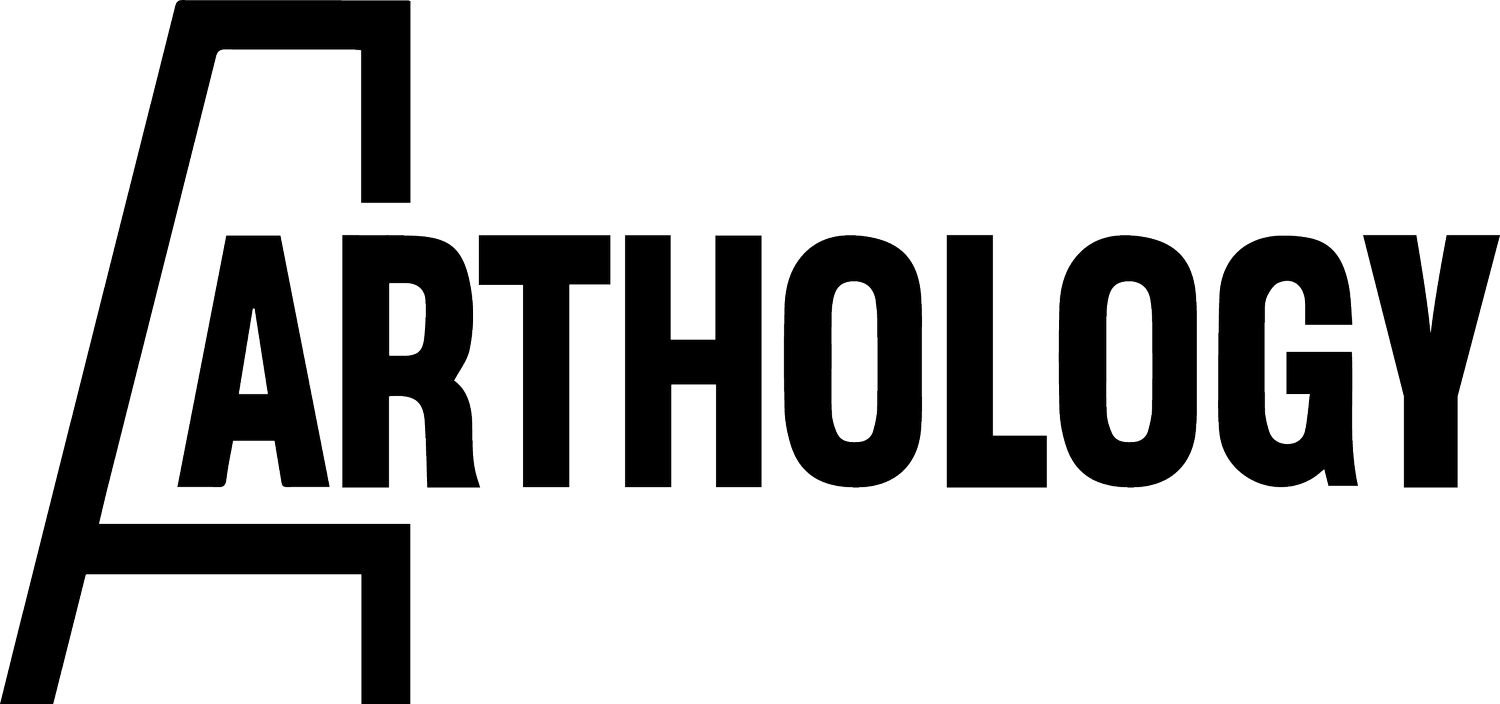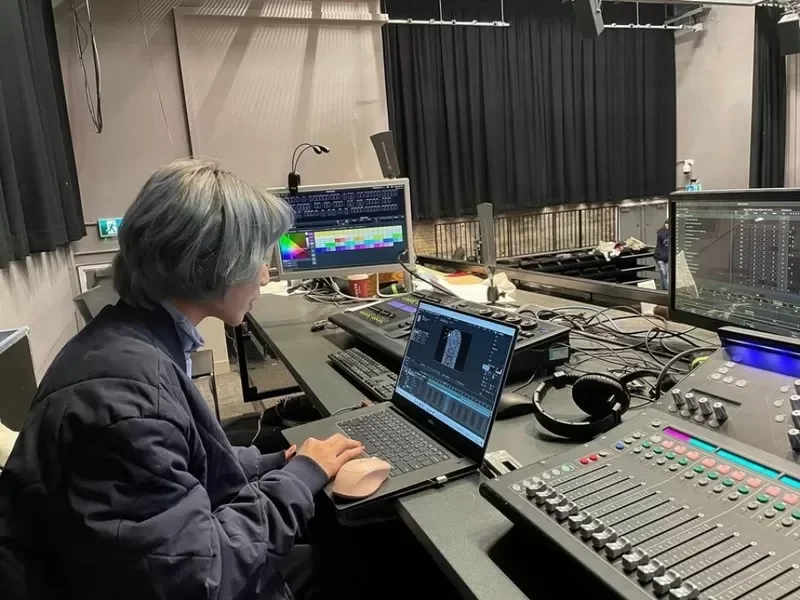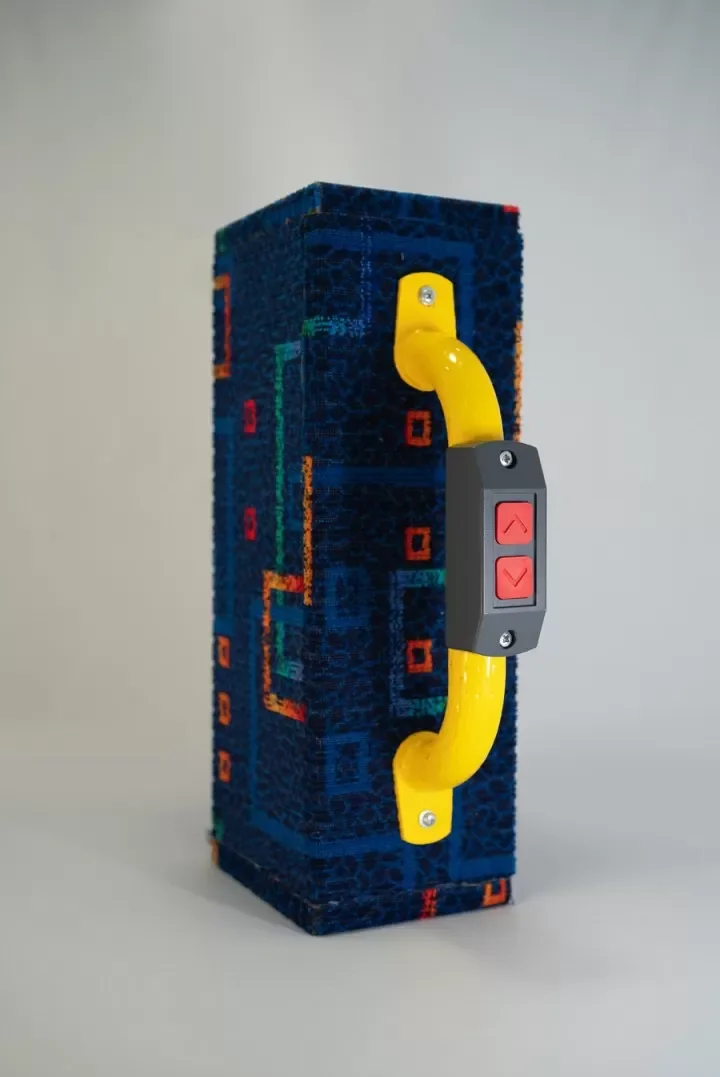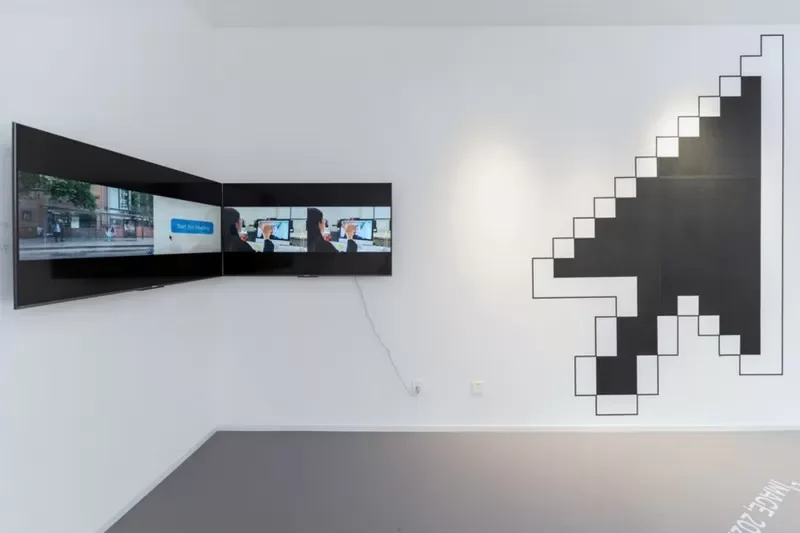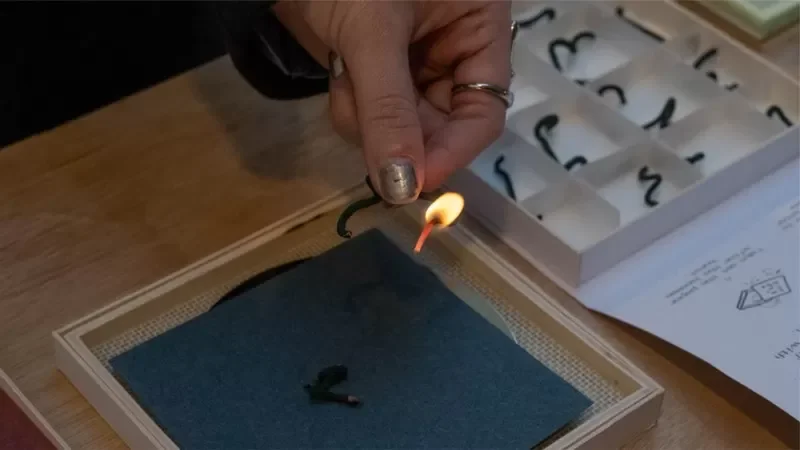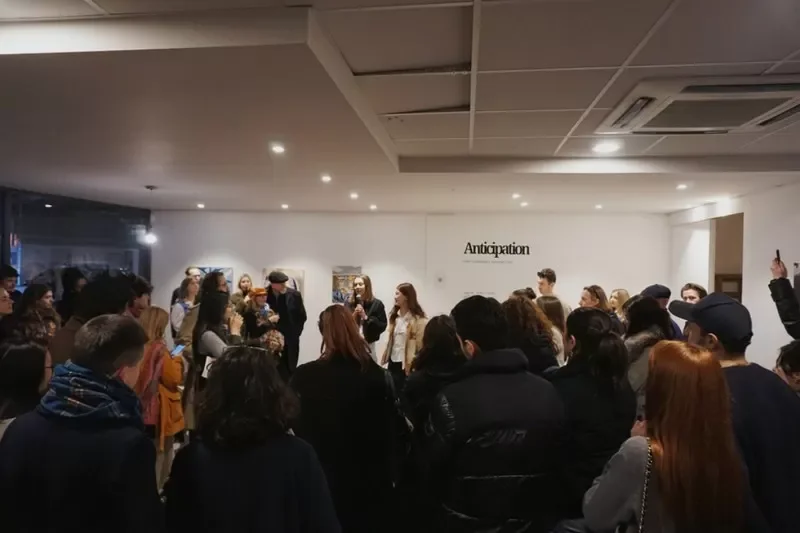Reconstructing Perception Through Material Practice: The Artistic and Curatorial Narrative of Yide Du
Yide Du is an artist and curator focused on image and interaction. She holds degrees from Goldsmiths, University of London and the Guangzhou Academy of Fine Arts. Her practice spans product, interface, and spatial design, and is rooted in daily observation and behavioural intervention. Within the theoretical backdrop of the "Semantic Turn"—a significant shift in art and design in the latter half of the 20th century—she investigates the role of contemporary objects in relation to social questions.
This semantic turn marked a departure from traditional concerns with form, function, and aesthetics, redirecting attention toward the mechanisms of meaning production. Art and design ceased to be solely about "creating beautiful objects" and instead became dynamic systems of meaning-making—capable of deconstructing dominant narratives and revealing the underlying logic of cultural codes through symbols, context, and interaction.
Operating within this conceptual framework, Yide Du adopts a speculative methodology to advance the development of contemporary art.
INTERACTIVE OBJECTS AS MEDIUMS FOR DIALOGUE
At the core of Yide Du’s artistic practice is the concept of perceptual reconstruction—a focus on how we interact with the world within an ever-evolving media environment. Through prototyping and a participatory methodology, her works aim to disrupt familiar patterns and invite audiences to re-experience the everyday. As Marshall McLuhan famously argued, “The medium is the message”—the form of the medium shapes the nature of the message itself. This philosophy underpins Du’s approach to both structural design and audience engagement. Her practice is a form of rationally guided participation, in which the mechanisms of interaction are meticulously constructed to reflect the medium’s inherent message.
Unlike traditional contemporary art practices that often focus on sociocultural issues and their historical backgrounds, Du employs speculative design as a means of projecting potential futures. Her work does not merely reflect reality, but builds upon it to question its logic and examine the possible trajectories of technological and social evolution. She positions the artwork as a medium for dialogue, provoking critical engagement through audience participation. By inviting users to step into constructed scenarios, Du encourages them to interrogate the underlying logic of their daily lives—asking whether what we take for granted is, in fact, necessary or natural.
In her project Online Commuting, Du appropriates the form of “commuting” to challenge the presumed inevitability of routine behavioural patterns. The work brings attention to the “liminal space”, as theorised by French anthropologist Arnold van Gennep in Les Rites de Passage (1909)—the transitional phase between separation and reaggregation in rites of passage. This in-between state is marked by ambiguity and anti-structure, a threshold condition between past and future identities.
Installation view from the exhibition REHEARSAL
In another work, One Character, One Diary, One Self, Du reconfigures the Chinese character as a blueprint to develop a new tool for self-recording—an alternative form of diary.
This project explores how writing can serve as a medium for personal data storage by combining the visual structure of Chinese characters with the psychological concept of internal dialogue. Through the ritual use of incense as a sensorial and symbolic medium, the work encourages deeper introspection and emotional communication. The result is a personalised recording system that exists between visuality, tactility, and emotion—an interface for intimate engagement with the self.
One Character, One Diary, One Self
CURATORIAL FRAMEWORKS: DECONSTRUCTION AND CULTURAL RESONANCE
As a curator, Du Yide has been actively involved in cross-cultural collaborations, exhibitions, and brand projects across London and various cities in China in recent years. Her curatorial footprint includes venues such as SET London, Yuehu Contemporary Art Center, London Craft Week, Anyun Art Center, over ten international exhibition projects, as well as platforms like the Gabrielle musical. These practices are rooted in the same conceptual foundation as her artistic work.
Her curatorial approach employs narrative deconstruction and structural layering to reveal the limitations of singular perspectives and activate viewer agency. Within the frameworks she constructs, the audience is invited to actively shift between different structural vantage points, becoming co-creators in the reconstruction of meaning—exploring ambiguity and multiple possibilities. The tensions and gaps between curatorial frameworks are no longer seen as problems to be solved, but rather as spaces of dialogue, open for interpretation rather than offering closed conclusions.
However, she remains acutely aware of the risks inherent in this methodology. On one hand, there is the threat of cognitive overload: excessive structural layering may disorient audiences, undermining their ability to interpret and evaluate. On the other, there lies the danger of replicating power structures: if nested curatorial systems fail to reflect on and dismantle their own inherent hierarchies, they risk becoming new mechanisms of control—where the audience's “freedom of choice” might merely be an illusion designed by the system itself.
Photo of Anticipation Exhibition
During her curatorial practice—including exhibitions such as ZaoWu, The Rebellious Room, and Anticipation—Du Yide has experimented with diverse spatial construction strategies. By employing modular and deconstructable spatial design methods, she has created multilayered interactive environments. These spaces are not merely containers for artworks, but dynamic systems for audience participation, navigation, and intervention.
Her curatorial and artistic practice remains a continuous dialogue between materiality, culture, and technology. Whether engaging with the interplay between body and architecture, ritual and data, or myth and reality, her works and exhibitions invite audiences to reorient their sense of presence, relationships, and perception in a rapidly shifting world.
